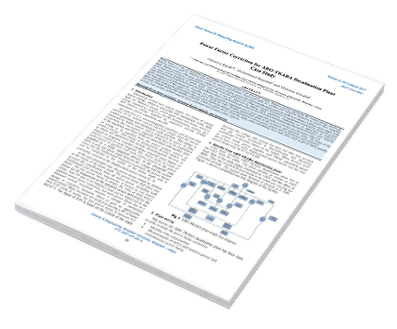Power Factor Correction for ABO-TRABA Desalination Plant Case Study
DOI:
https://doi.org/10.37376/lyjer.v1i1.375Keywords:
Power factor correction, increased System capacity, and harmonicsAbstract
Power factor is a way of measuring the percentage of reactive power in an electrical system. Reactive power represents the wasted energy electricity. Reactive power is used by inductive load (such as, motors, transformers, fluorescent light, arc welders and induction furnaces) to sustain their magnetic fields. Electric systems with many motors exhibit low power factors, increasedconductorandtransformerlosses,andlowervoltages.Utilities must supply both active and reactive power to compensate these losses. However, the influence of voltage and current harmonics on equipment connected to electrical system can cause serious problems in power factor correction; it can be improved by adding shunt capacitors. Capacitors act in opposition to inductive loads,therebyminimizingthereactivepowerrequiredtoservethem.Unfortunately,powerfactorcorrectioncapacitorsmayproduceharmonicresonance and magnify utility capacitor-switching transients. Therefore, it is often desirable to implement one or more capacitor banks in a facility as a harmonic filter [1].
The main objective of this paper is to raise the power factor for ABO TRABA desalination plant to the economic and optimum value. The scope of the paper includes studying the phenomena's that can cause significant damage and distortion to a given power system such as harmonics and resonance.
The study includes billing data monthly collected, which is a plant survey. From the study, some calculations have been done such as power factor penalty savings, Loss savings, payback period, losses reductions and increase system capacity.
Downloads

Downloads
Published
How to Cite
Issue
Section
License
Copyright (c) 2021 Libyan Journal for Engineering Research

This work is licensed under a Creative Commons Attribution-NonCommercial-NoDerivatives 4.0 International License.






